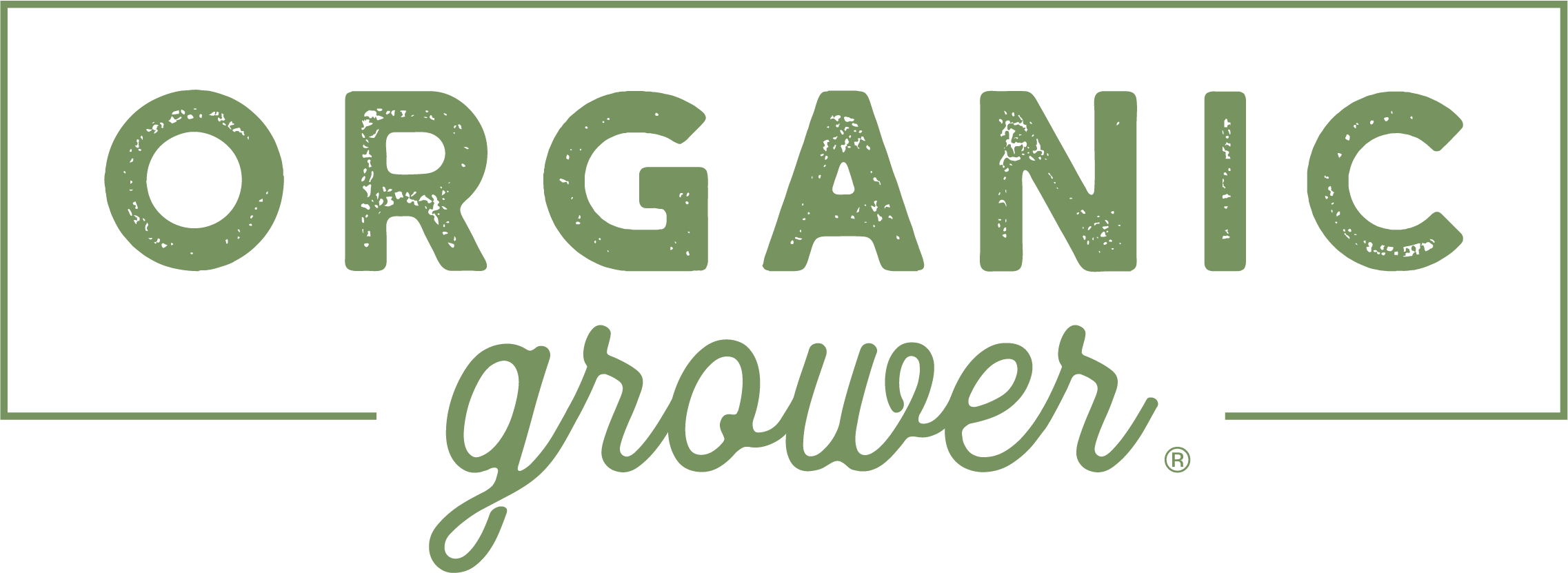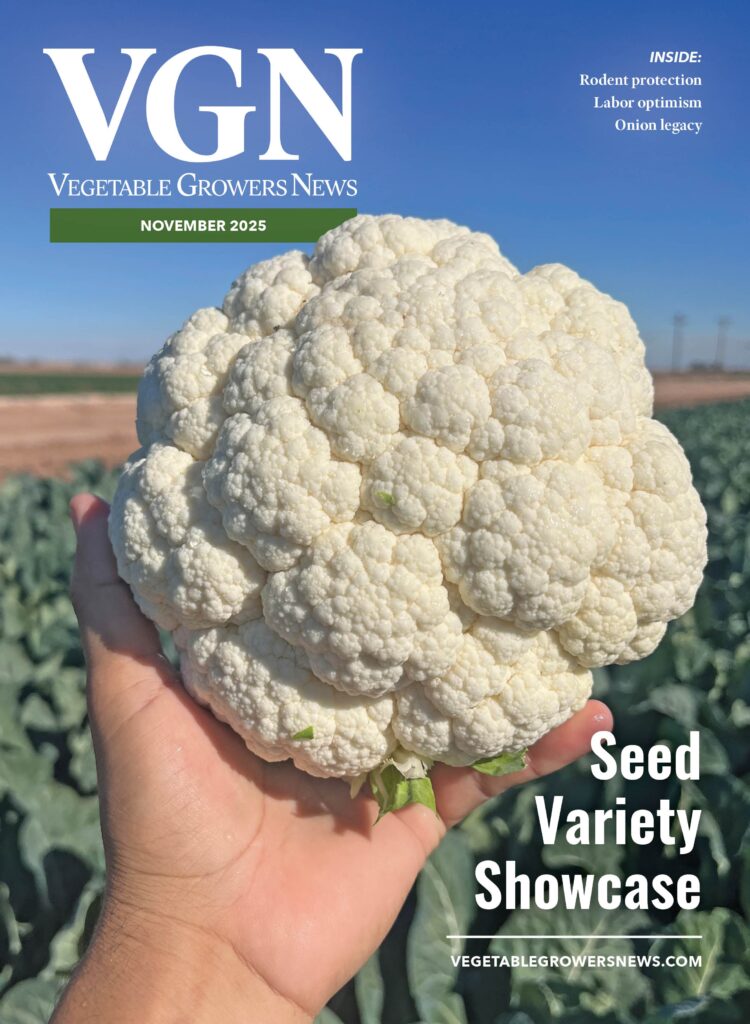
Nov 19, 2024Evaluating farm marketing channels helps farmers build strong strategies
As diversified farmers, we must master both production and marketing. Growing crops is only part of the equation — selling them effectively is equally important. That’s why evaluating farm marketing channels has become essential for farmers who want ot balance business growth with quality of life.
Why channel selection matters
Selling at farmers markets or through Community Supported Agriculture (CSA) programs may seem straightforward, but these options are no longer as simple as they once were. Many CSAs struggle to fill shareholder slots, and farmers market vendor spaces can be limited.
Fortunately, today’s farmers can reach customers through many channels, but choosing the right ones requires careful evaluation. Farmer must ask which markets will provide the greatest return on their time, whether they’re the right person to market their product, and if not, who is?
Balancing production and marketing
If you decide to handle marketing yourself, you need a strategy that diversifies your outreach while still leaving time for production. Ideally, your marketing plan should be as diverse as your farm products.
A tool for evaluating farm marketing channels
When considering marketing channels, some are chosen because they appeal personally, while others are necessary for growth. Building a CSA or pick-your-own operation, for example, doubles as inexpensive advertising because it gets your farm’s name into the community.
Matthew LeRoux, agricultural marketing specialist at Cornell Cooperative Extension, created an exercise in the Guide to Marketing Channel Selection to help farmers evaluate options. The exercises involves ranking potential channels — such as restaurants, farmers markets, wholesale, or on-farm sales — based on factors like volume, price, risk, labor, and costs.

Here’s an example: One farm ranked restaurants as the most favorable marketing channel. However, rankings can change over time. If on-farm sales increase in volume, that channel might rise to the top. Wholesale distribution ranked higher than farmers markets in this case because the marketing labor for farmers markets was greater.
Considering quality of life
Beyond profitability, quality of life also matters. Farmers should determine what the perceived stress of supplying each channel will be, and how it would impact their family. Adding a quality-of-life column to the evaluation exercise makes sense because personal well-being is just as important as financial return.
Building a balanced plan
By carefully evaluating farm marketing channels, farmers can create a balanced and effective marketing plan. The right mix of outlets not only supports business goals but also contributes to a healthier, happier farming lifestyle.
Written by Brian Moyer

— Brian Moyer is an educational program associate with Penn State Extension. As founder of PA Farm Markets LLC and founder and manager of the Skippack Farmers Market, Moyer specializes in assisting farmers markets, retail farm markets, direct-to-consumer sales, and new and beginning farmers with marketing, business and regulatory issues.
















